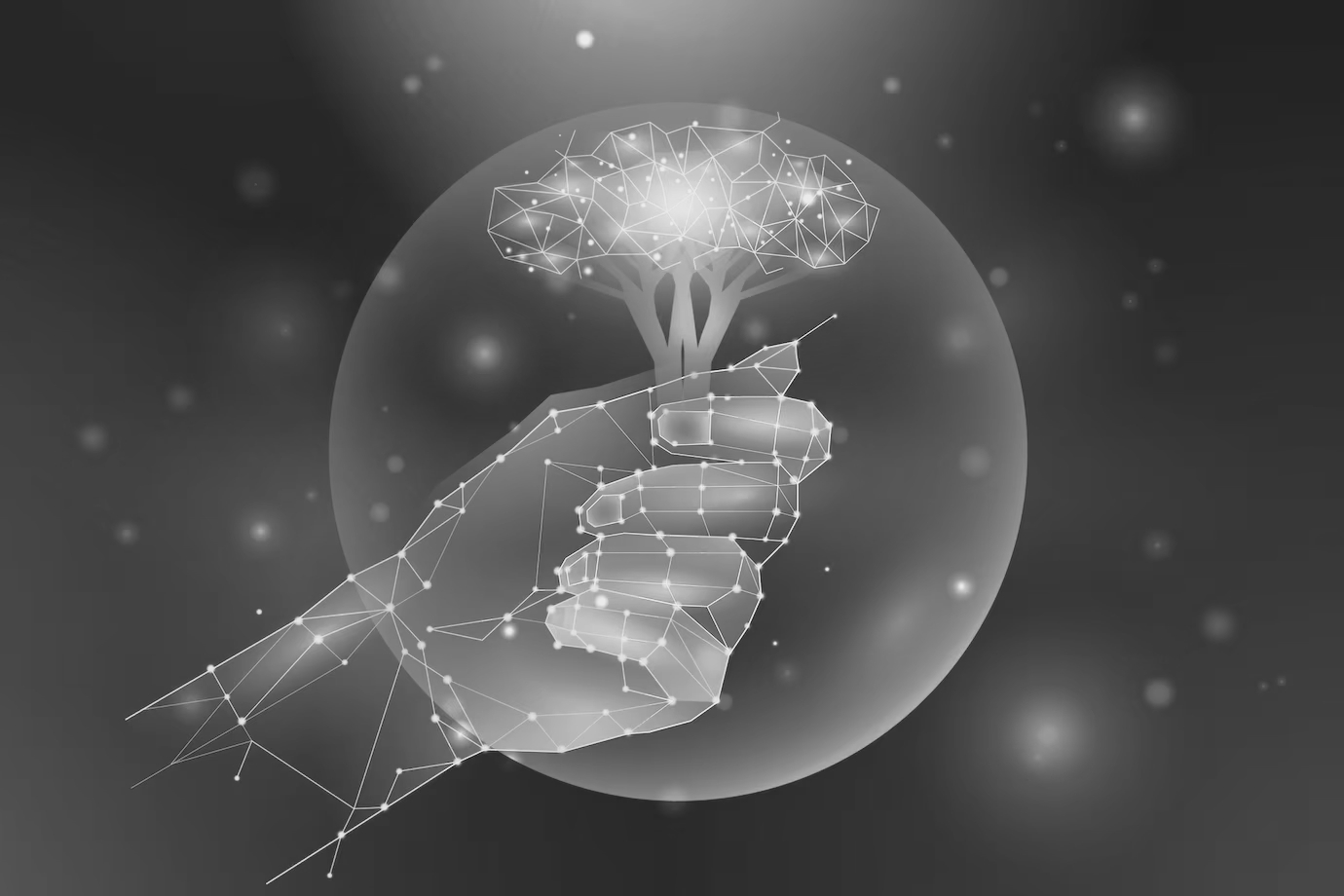Introduction
In the competitive business world, keeping customers engaged is a top priority. While traditional loyalty programs offer rewards, they often lack the excitement needed to maintain consistent customer participation. Enter gamified loyalty programs — an innovative approach that incorporates elements like leaderboards, challenges, and rewards to keep customers motivated and loyal. This blog explores how gamification, especially through leaderboards and rewards, can boost sales and take your customer engagement to the next level.
What is Gamification in Loyalty Programs?
Gamification refers to applying game-like elements to non-game activities to make them more engaging. In loyalty programs, gamification involves features like:
- - Leaderboards to rank users based on points or achievements.
- - Challenges and Milestones to encourage participation.
- - Rewards and Badges for completing specific actions.
These elements tap into the natural human desire for competition, achievement, and recognition, making loyalty programs more interactive and fun.
How Leaderboards and Rewards Drive Sales
1. Encourages Friendly Competition
Leaderboards create a competitive environment where customers strive to outperform others. When users see their names on a leaderboard, they are motivated to earn more points and climb higher. This leads to more purchases and interactions with your brand.
Why It Works:
- - The desire to win or be recognized pushes customers to engage more.
- - Competition fosters a sense of achievement and satisfaction.
- - Customers are more likely to return to improve their rank.
2. Increases Customer Engagement
Adding gamified elements like leaderboards and challenges transforms a basic loyalty program into an engaging experience. Instead of passively earning points, customers actively participate in challenges to win rewards. This continuous engagement helps keep your brand top-of-mind.
Why It Works:
- - Gamification keeps customers involved for longer periods.
- - Regular challenges encourage repeated interactions.
- - Engagement builds stronger customer-brand relationships.
3. Creates a Sense of Achievement and Recognition
Leaderboards provide public recognition for top-performing customers. Achieving a high rank or completing a challenge makes customers feel valued and appreciated, reinforcing their connection to your brand. Rewards like badges or exclusive perks further enhance this sense of achievement.
Why It Works:
- - Recognition boosts customer morale and loyalty.
- - Achievements encourage continued participation.
- - Positive reinforcement leads to repeat behavior.
4. Drives More Frequent Purchases
Customers are more likely to make frequent purchases when they know each transaction helps them climb the leaderboard or unlock new rewards. The anticipation of achieving a milestone or receiving a reward incentivizes them to buy more often.
Why It Works:
- - Gamification turns shopping into a rewarding experience.
- - Customers seek to maximize their points and rank.
- - Frequent purchases translate to increased sales.
5. Enhances Customer Retention
A gamified loyalty program keeps customers coming back by offering continuous challenges, updates, and rewards. This ongoing engagement reduces customer churn and increases lifetime value. Gamification makes loyalty programs dynamic rather than static.
Why It Works:
- - Regular updates and challenges keep the program fresh.
- - Continuous engagement prevents customer drop-off.
- - Long-term participation builds lasting loyalty.
Example of a Successful Gamified Loyalty Program
Many successful brands have leveraged gamification to boost sales. For example, a retailer introduced a leaderboard system where customers earned points for each purchase and social media share. The top participants received exclusive discounts and rewards. This approach led to a 30% increase in repeat purchases and significantly improved customer engagement.
How to Implement a Gamified Loyalty Program
- Use a QR Code Loyalty App: Platforms like True Value Infosoft’s Loyalty Points App offer built-in gamification features.
- Create Leaderboards: Rank customers based on points, purchases, or engagement.
- Offer Tangible Rewards: Provide cash discounts, exclusive products, or special badges for top performers.
- Send Notifications: Keep customers updated on their progress and upcoming challenges.
- Keep it Fresh: Regularly introduce new challenges to maintain interest.
8. Conclusion
Gamified loyalty programs with leaderboards and rewards are a powerful way to boost sales, increase engagement, and retain customers. By tapping into the competitive spirit and offering exciting incentives, you can turn ordinary transactions into engaging experiences. If you want to elevate your customer loyalty strategy, it’s time to embrace the power of gamification.
FAQs
A gamified loyalty program incorporates game-like elements such as leaderboards, challenges, and rewards to encourage customer engagement and loyalty.
Leaderboards foster competition by ranking customers based on points or achievements, motivating them to participate more actively in the loyalty program.
Rewards can include cash discounts, exclusive products, badges, vouchers, or special perks for top-performing customers.
No, implementing gamification is easy with platforms like True Value Infosoft’s Loyalty Points App, which offer features like leaderboards, notifications, and challenges.
Gamified loyalty programs boost customer engagement, drive repeat purchases, and enhance retention by making the shopping experience interactive and fun.





